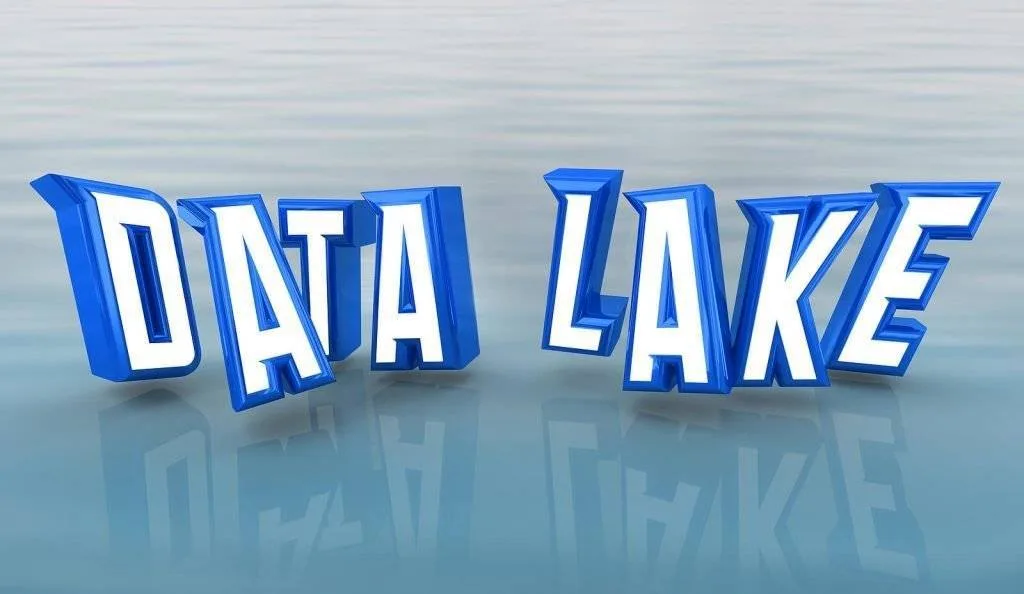When it comes to storing big datasets, cloud based data lakes are the place where the activity is. However, many are not aware of data lakes as the foundation of modern IT infrastructures.
Data lakes have several advantages over traditional server-based architectures. First of all, they do not require any extra hardware or software besides the main database server.
They are a collection of servers, which store and serve data. These can be private or public. Private data lakes will normally be served by the provider or server administrators, whereas public data lakes will probably be served by the hosting services such Amazon Web Services.
Data lakes make it easier to access business analytics through a central data center. It also helps in reducing the operational cost of your organization.
For instance, the cost of delivering the ordered product from the manufacturer to the store can be calculated and better merchandising strategies can be developed.
If you already have a data warehouse established, then you can access all the data stored in it through a single interface. This makes the entire process more efficient and also saves time.
Today, a number of companies use batch data lakes that are quite similar to traditional ones. The key difference is the automated generation of relevant structured data.
The batch data lakes often contain one or more sources and then utilise a scheduling system to randomly access different data sources. This increases the possibility of obtaining more relevant structured information as the system learns from past patterns.
Data from these additional sources can be applied directly in the manufacturing process and can consequently improve efficiency.
While there are some advantages of using a data lakes, they have their own disadvantages as well. Data lakes are susceptible to system crash due to overload or too much data.
They are also vulnerable to system failure if the IT team neglects to update data on a regular basis. In addition, centralised data warehouses are vulnerable to system failure because IT teams fail over a period of time. They may not be able to handle any workloads related to the back-up and restoring data in case of a disaster.
Data lakes may be unsuitable for all kinds of business needs. For instance, in healthcare and life sciences, it is not feasible to store huge amounts of medical records as they are mostly used on a daily basis.
A centralised data lake provides only basic functionality such as time and temperature and is therefore not suitable for this industry. Data lakes suitable for other businesses include financial services, industrial services and even legal businesses.
A good solution for handling large quantities of data is to use cloud platforms such as Microservice Delivery Managed Services.
Cloud computing architecture removes the need for data lakes completely and thus makes data governance much easier. Cloud storage services are very scalable and elastic and thus allow businesses to easily scale up and down depending on their requirements.
Using a Microservice architecture also enables businesses to get started quickly without any deployment challenges and thus proves to be an excellent choice for any business that requires increased processing power and a better and more robust solution.
Data Lake Management
With regards to data lake management, two key points are worth considering:
- As a business owner, you have a responsibility to yourself to ensure your data is appropriately managed and stored. It is absolutely critical that you understand the current state of your data access and storage management system – and the challenges that your data lake might be facing.
- You need to engage a company with the right expertise and tools to bring your IT and data governance goals into focus – and this typically involves an in-house team of information security specialists.
However, there is an incredibly valuable third aspect to a good data lake management strategy: it must be able to provide a high degree of flexibility, so that business-owners can continue to make use of their existing data assets even as their data resources (servers, laptops, etc.) become more strained by the natural growth of the company.
This is most important if your data lake represents your entire data network, rather than just a part of it.
The ability to allow your existing data resources to grow and expand according to your changing needs is the most significant advantage of a DMS has over all other data management strategies: by offering your business fast and flexible data lake management, you’ll ensure that your business will always remain competitive.
You’ll also ensure that your data assets are always stored in a highly secured, protected environment, so that your data is always ready to be used and reused whenever it is needed, wherever it might be.
4 Tips for Data Lake Success, and Why You Should Implement Them
Data lakes are important components of any organization’s data strategy. They enable you to store unstructured or semi-structured data in one centralized location, making it easier to analyze and use that data. However, implementing a data lake can be challenging, and not all organizations see success with their initial attempts.
When implemented correctly, a data lake can bring many benefits to your organization, including faster access to the right data and more analytical insight from your datasets. In this blog post, we will explore five tips for implementing a successful data lake.
These tips will help you avoid common pitfalls when establishing your own data lake so that you can get the most out of your implementation.
Don’t forget the business requirements when determining data types
One of the biggest mistakes organizations make when implementing their data lake is that they forget about the business requirements.
Business requirements include things like the data governance policy, the data audit requirements, the acceptable data retention time, and more.
When determining data types, it’s important to consider the various business requirements you have. For example, if you have an SLA or regulatory compliance requirement, you may need to replicate your data to another location or provide copies of your data to auditors.
If you don’t consider these requirements when determining data types, you may end up with a data lake that’s not compliant with these standards.
While you may have to make some compromises when determining data types, it’s important to ensure that your data lake is compliant with your business requirements. Otherwise, you may have to spend a lot of time and money retrofitting your data lake.
Carefully select your data storage tool(s)
Because data lakes store all of your organization’s data in one place, you will likely use a variety of data storage tools to store that data.
These tools could include relational database systems, NoSQL databases, file systems, object storage systems, and more. Selecting the correct storage tools for your data lake is critical for its success.
You want to choose tools that will be flexible enough to handle the variety of data that will flow into your lake, while also ensuring that your lake is scalable enough to handle your organization’s data volume in the future.
You also want to make sure that the tools you select will integrate with your data lake. Data lakes generally have an open architecture that makes it easy to connect all of the tools within the lake with other applications.
Selecting the right storage systems will help ensure that your data lake is successful and that you can easily integrate your data lake with other applications.
Plan for indexing and monitoring from the beginning
While it’s important to consider many aspects when implementing your data lake, it’s also critical to plan for indexing and monitoring from the beginning.
Your data lake will likely contain a variety of unstructured and semi-structured data. Indexing that data will help make it easier to find and utilize in your data lake. You will want to index your data with metadata, file paths, and more so that it is easier to find the data you want.
Additionally, you may want to add a data lineage to your data lake so that you can trace the data path from where it came to where it was stored.
This will help you determine the trustworthiness of your data and will help you see how your data was transformed or processed during the journey to your data lake.
For your data lake monitoring strategy, you will likely want to monitor your data lake’s resources as well as the health of your data.
You may also want to monitor all of the activities happening within your data lake, such as data ingest, transformation, and loading. Monitoring and indexing your data lake from the beginning will help make your data lake more usable and will facilitate more effective data exploration and analysis.
Be selective with the data you import into your Data Lake
Before you begin importing data into your data lake, you should think about what data is most important to your organization.
You will likely want to import all of your organization’s data into your lake, but you don’t have to. You may also want to consider which data should be replicated to a secondary location.
This data may include sensitive information, data that is governed by an SLA, or data that is subject to regulatory compliance.
You may also want to replicate your data to a secondary location if you want a copy of that data for analysis.
It’s important to be selective with the data you import into your data lake because it can be very time-consuming to clean and transform that data. You may also have to invest in additional hardware or software to replicate your data to another location.
Conclusion
A data lake is an important component of any organization’s data strategy. It is a centralized repository for storing unstructured or semi-structured data, enabling you to easily access and use that data.
A data lake can provide many benefits to organizations, including faster access to the right data and more analytical insight from their datasets. When implementing your data lake, it’s important to follow these five tips to ensure that your data lake is successful.







